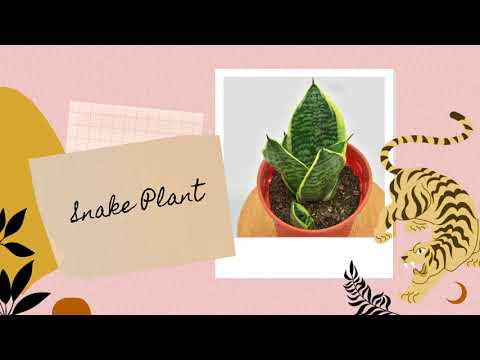Poisonous indoor plants. You’re likely to see many of them in your home…
Children and pets can be poisoned by many common houseplants if ingested…
Some plants are dangerous than others, but it is good to know which ones to avoid…
… or to watch out for if you have children or pets.
Hear it from Bryce!
My two children and my dog share my home; and I have many plants, many of which are toxic…
By arranging poisonous plants in spots that neither my kids nor dog can reach…
… I’ve managed to keep everyone healthy and out of trouble so far.
Aside from chewing on the leaves, my dog doesn’t get sick…
… when he lounges under a bird of paradise plant every day.
It’s a matter of caution…
You can find ways to keep plants, in particular those supposedly poisonous to humans…
… safe by displaying them in places where kids and pets cannot reach them, for example.
Parents and pet owners can easily display attractive plants that are safe for their pets and children…
… while keeping harmful plants out of reach.
Would you rather keep these 10 plants out of your home…
… if you have a cat that likes to climb on walls and nibble on plants?
It doesn’t have to be toxic, there are plenty of cat-friendly indoor plants, even succulents…
10 Poisonous Indoor Plants For Children And Pets
In general, plant toxicity can be separated into three categories:
- Non-Toxic, (safe, not poisonous)
- Caution, (mildly toxic)
- Toxic, (dangerous, poisonous)
I recommend the following links if you want to learn more about a certain plant that is not mentioned in this article:
- Check with the Poison Control Centre to see if any plants can be safe for human consumption.
- To learn more about which plants are toxic or non-toxic for animals, please visit the ASPCA (American Society for the Prevention of Cruelty to Animals).
Pencil Cactus (Euphorbia Tirucalli)
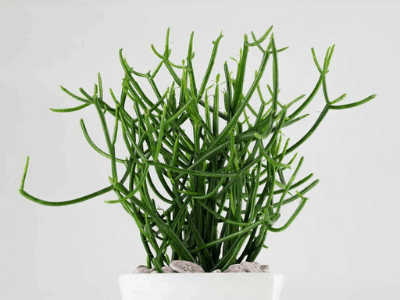
In the world of indoor plants and plants in containers…
… Pencil Cactus are always referred to as Toxic Plants, (dangerous and poisonous).
Sap is toxic. Toxic to cats, dogs and humans…
One of the most toxic aspects of this plant is its milky sap, which can cause irritation to skin…
It is typically found in shrubs and trees…
In some cases, exposure to the Pencil Cactus sap can cause blindness…
Skin contact with the sap can cause high redness, burning and severe irritation…
The poison can burn the mouth, lips and tongue, and cause vomiting if ingested…
In order to propagate or shape this plant I prefer to do it with gloves and protective eye wear…
Devil’s Ivy (Pothos)
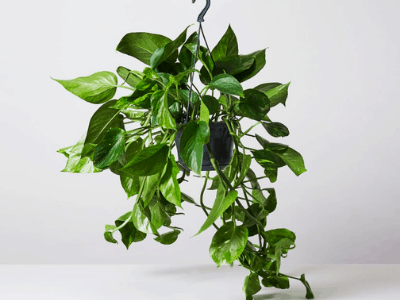
As toxic, toxic plants are dangerous to humans, animals, including dogs and cats, the Devils’ Ivy Plant…
This plant is extremely poisonous to cats, especially indoors…
All parts are toxic. Toxic to cats, dogs and humans…
Humans can suffer severe burning irritation of their mouth, throat, and stomach…
… from ingesting some of its leaves and stems.
Moreover…
Pets and dogs can develop a burning irritation in their mouth, throat, stomach, and drooling…
… as well as difficulty swallowing, if they ingest it.
There are many positives to this plant though; it is low maintenance, well tolerant of low light conditions…
… and a beautiful trailing plant for every home and office.
Heartleaf Philodendron (Philodendron Hederaceum)
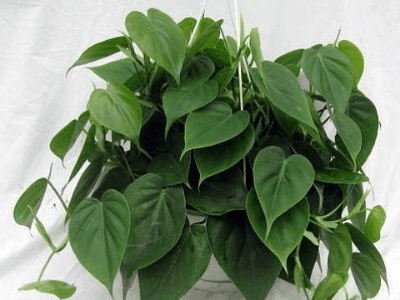
One of the toxicity plants people, dogs and cats ought to avoid is the Philodendron…
The poisonous plant has been used as an indoor plant for centuries…
All parts are toxic. Toxic to cats, dogs, and humans…
Skin irritation can be severe from the plant’s leaves and stems…
… that may cause a burning sensation, swelling, burning, and pain to the mouth, lips and throat.
Humans may be unable to breathe and swallow if ingested…
Those ingesting it may get a burning, nauseating, vomiting feeling, difficulty swallowing and excessive drooling…
This plant, like the Pothos, has its advantages as well…
Plants of this variety are excellent air purifiers, removing formaldehyde from the air…
… and tolerating low light conditions.
Peace Lily (Spathyphillum)

Peace Lilies are considered to be Toxic, (harmful, poisonous) plants…
This plant is among the most dangerous indoor plants for humans, dogs and cats…
All parts are toxic. It is toxic to cats, dogs, and humans…
Spathiphyllum contains calcium oxalate crystals that can cause oral irritation, excessive drooling, vomiting, difficulty in swallowing and intense burning and irritation of the mouth, lips, and tongue in pets who ingest.
American Society for the Prevention of Cruelty to Animals
Humans of all ages, can suffer from burning irritation in their mouth and throat…
… when ingesting this plant’s leaves and stems.
Regardless of whether it is eaten…
It can result in a sever burning irritation of the mouth, throat, and stomach…
… in addition to excessive drooling, vomiting, and difficulty swallowing in cats and dogs.
These plants deserve a lot better reputation than they do for their toxicity!
Peace Lily plants remove formaldehyde, benzene, carbon monoxide, xylene…
… trichloroethylene, and carbon dioxide from the air.
ZZ Plant (Zamioculcas Zamiifolia)
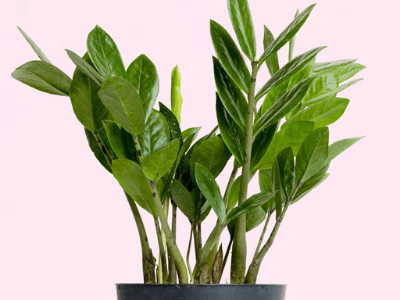
Caution, (mildly toxic) is the warning label on ZZ Plant…
Among the poisonous indoor plants, it is the least toxic…
… and has gained more recognition in the past few years.
The leaves and sap of this plant are considered mildly toxic if eaten…
Years of research have concluded…
This plant’s leaves and sap is highly poisonous when consumed…
Toxic parts of this plants is in their saponins content. It is toxic to cats, dogs, and humans…
When the leaves and sap of this plant are consumed…
… they can cause nausea, diarrhea, and vomiting in humans, cats, and dogs.
This plant is highly tolerant to very low light, drought and temperature conditions on the other hand…
… and is nearly impossible to kill.
Aloe Vera
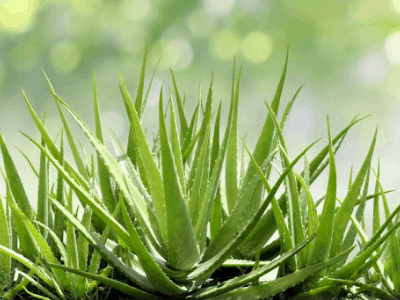
Aloe Vera belongs to the Caution category (mildly toxic)…
… as it is less toxic than other poisonous indoor plants.
Sap in large quantities is toxic. It is toxic to cats, dogs, and humans…
Humans and dogs may get diarrhea if they ingest the sap of this plant…
There are no significant side effects associated with topical application of Aloe Vera…
This plant is praised for its many benefits, including the relief of certain skin conditions…
… yet it is considered poisonous to pets and humans if consumed.
Jade Plant (Crassula Ovata)
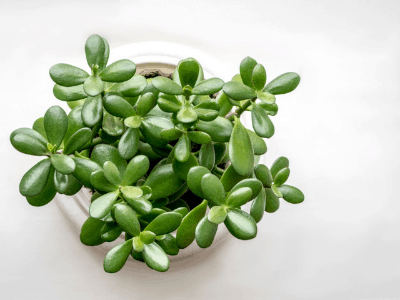
It’s hard to categorize the Jade Plant as it is not toxic to humans but is toxic to pets…
Let’s say this is a caution category plant as it is among the poisonous indoor plants for pets…
The toxic parts of this plant is unknown. Toxic to cats and dogs…
This plant’s leaves and stems can cause vomiting…
… depression and incoordination in cats and dogs if ingested.
Jade Plants also have a paradoxical array of benefits…
… such as a purifying effect on air and the Feng Shui belief that they bring prosperity.
Snake Plant (Sansevieria Trifasciata)
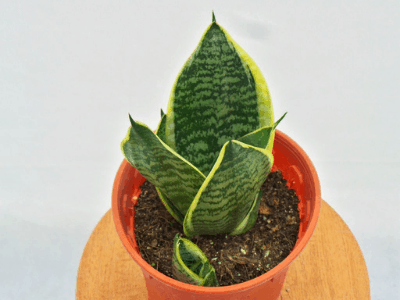
The Snake Plant, like the Jade Plant, is difficult to categorize…
… since according to some sources, it is safe for humans, but toxic for pets.
Even for humans, some sources categorize the plant as Caution (mildly toxic)…
The toxic part(s) are saponins. Humans, cats, and dogs may be harmed by it…
If cats and dogs ingest the leaves…
… they suffer from nausea, diarrhea, and vomiting…
Like Aloe Vera and Jade Plant, the Snake Plant also has contradictory environmental benefits…
… including the ability to remove formaldehyde, xylene, and trichloroethylene from the air.
Due to its low maintenance requirements…
… it is tolerant of low light and drought conditions and is extremely low maintenance.
Bird of Paradise (Strelitzia Reginae)
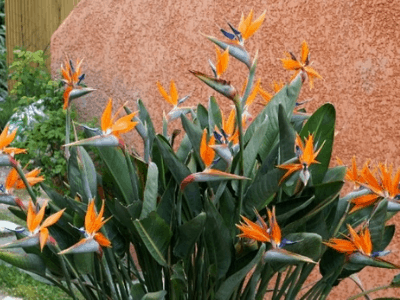
Caution is assigned to the Bird of Paradise Plant itself…
… while the flower is considered highly toxic, (dangerous, poisonous).
A Bird of Paradise plant grown indoors will rarely bloom flowers…
… so its toxicity is lower than it would be outside where the plant is blooming.
The flower is the most poisonous part of the plant…
Humans, cats, and dogs are at risk from its toxicity…
When ingested on a large scale, the leaves and stems of this plant are mildly toxic to humans…
The ingestion of flowers and seeds can cause dizziness, vomiting, diarrhea, and drowsiness in humans…
Cats and dogs that have consumed it can become drowsy, nauseated, and even vomit…
English Ivy (Hedera Helix)
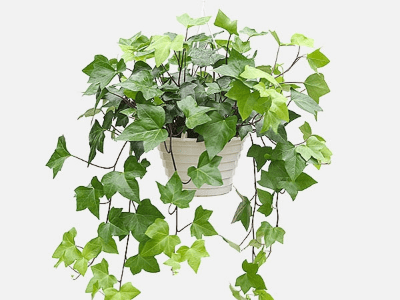
One of the common poisonous indoor plants is English Ivy, a Caution plant (mildly toxic)…
It is toxic to dogs, cats and humans. There are berries and leaves that are toxic…
Humans may become ill from this plant’s berries and leaves…
… when taken internally due to throat, stomach, and mouth irritation if ingested.
Despite the fact that it is not toxic to people, cats and dogs will suffer…
… from vomiting, diarrhea and hypersalivation if the product is ingested.
In addition, the English Ivy assists in removing formaldehyde and benzene from the air…
To sum it up…
You should always be aware on what you buy and the effects it will have…
In this particular case, be aware of the houseplant you buy…
… and be cautious once it is purchased…
… cause you may not know how contact between houseplants and humans or pets…
… may result to. Especially if the plant is unknowingly toxic…
If you do have yourself a houseplant already…
… create a living space that will be safe – such as hanging planters…
… to minimize contact between you, your kids, and your pets with the plant.
Conclusion
There are still many recent and interesting articles about Snake Plants…
… as well as other unique information from All Things Gardener.
For further information and other inquiries…
… you can contact us freely.
Check out more of our posts like this one here!
I hope you can now take care your snake carefully and grow it big!
Thanks for reading this article! Bye!

